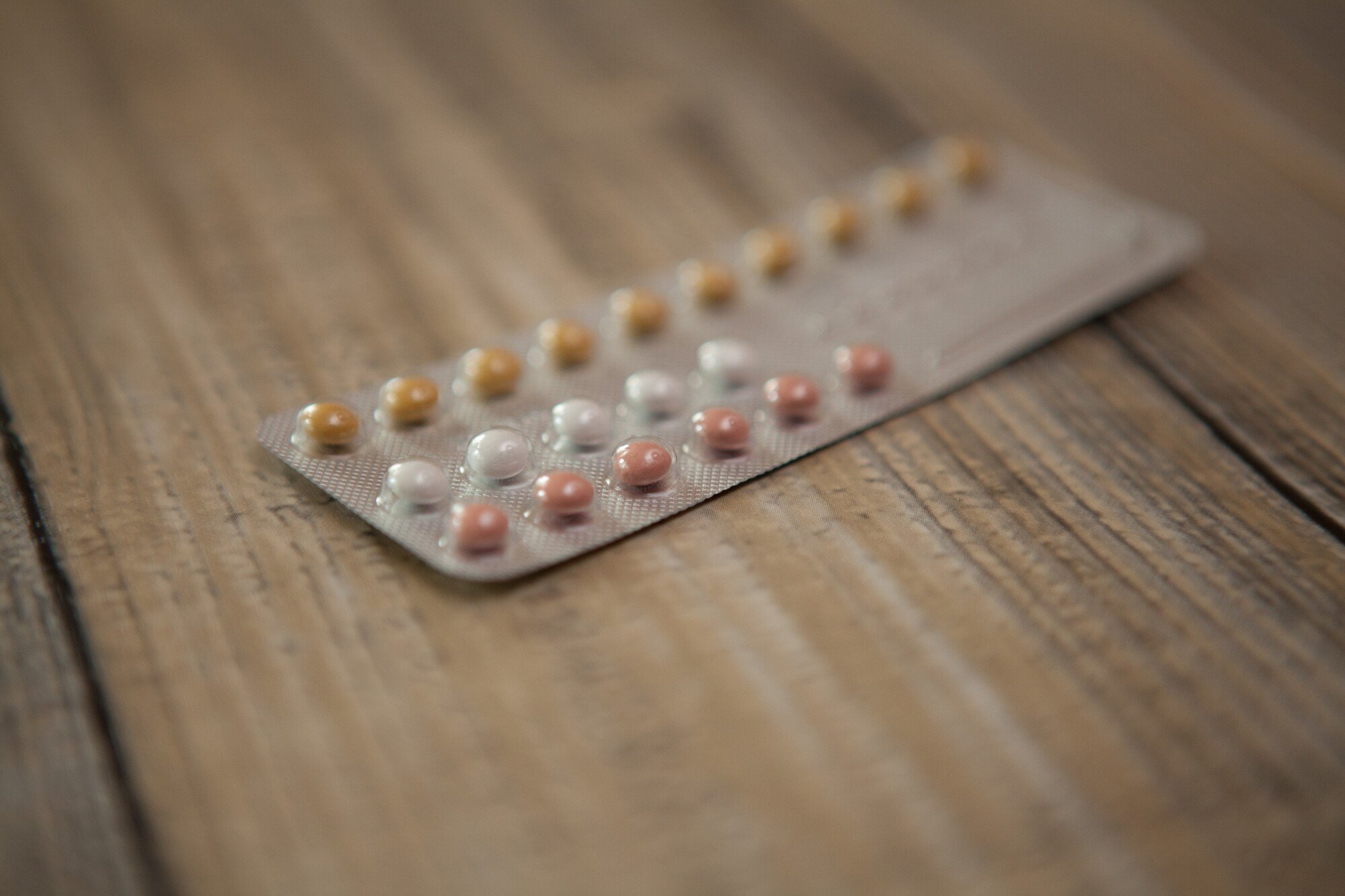
5 Tips for Reducing Vaginal Dryness
Table of Contents
- Vaginal Moisturizers
- Pelvic Floor Exercises
- Sexual Activity
- Water-Based Lubricant
- Vaginal Dryness Medication
Just under 20 percent of women between the ages of 18 and 50 experience vaginal dryness. So, if you are dealing with this type of discomfort, know that you aren’t alone.
Indeed, most women will experience vaginal dryness at some point in their lives — not only does it occur in younger women, but it is a common side effect of menopause, too. It can make day-to-day activities, as well as intimacy, incredibly uncomfortable and painful. That’s precisely why you’re looking for relief.
In treating vaginal dryness, you and your doctor might consider a slew of options. Here are five common remedies to add to your list of things to try.
1. Vaginal Moisturizers
What do you do when you have dry skin? You probably layer on some moisturizers designed specifically to soothe it. It turns out that you can do the same when you experience vaginal dryness, too.
There are many moisturizers made specifically to heal vaginal dryness. They are made with more sensitive and gentle ingredients than regular moisturizers. Do not use any moisturizer with fragrance or dye, and only use formulas created specifically for the vaginal area.
You’ll apply the vaginal moisturizer a few times a week at bedtime. Apply a layer to the vaginal walls and let it absorb. Over time, this practice should start to relieve the dryness — and the pain that comes with it.
2. Pelvic Floor Exercises
You may already know some of the benefits that come with a strong pelvic floor. For example, you will experience better bladder control if you strengthen this area.
Turns out, pelvic floor exercises can help you with vaginal dryness and pain, too. This one may work best for women with menopausal vaginal dryness. That’s because the vaginal muscles weaken over time and as estrogen disappears.
But with pelvic floor exercises, you can re-strengthen these areas while releasing tension from other areas. You can see how this may help soothe pain related to vaginal dryness, too.
3. Sexual Activity
Wearing breathable underwear. Skipping shaving. Using sex toys made of hypoallergenic materials. There are plenty of ways to boost your overall vaginal health.
Having regular sex helps to do this, too. It also helps to improve vaginal dryness. That’s because more blood circulates to the area, and your vaginal secretions increase, which provides something of a natural moisturizer.
It can be difficult to have sex when you’re experiencing vaginal dryness. Be sure that you and your partner do plenty of foreplay beforehand to get circulation — and secretions — going. This will make everything feel more comfortable for you.
You may want to rethink the way you have sex in more ways than one. If your vaginal dryness is making it too difficult to have intercourse, you can still get aroused — and boost circulation in a way that’s beneficial. Try massages, oral sex, or even just touching one another to see if that can help, too.
4. Water-Based Lubricant
On that note, you may need a bit of help to have sex regularly in order to improve vaginal dryness. We’re talking about lubricants, which can relieve the discomfort you feel during intercourse. They instantly provide moisture to the area, relieving the side effects that your vaginal dryness can cause and allowing you to boost your vaginal health by having sex regularly.
So, invest in some lubricant, but make sure it is a water-based variety. A glycerin-based recipe may cause further irritation to your vaginal area. Meanwhile, petroleum jelly-based lubricants have been known to cause condoms to weaken and break, which you probably don’t want to happen, either.
5. Vaginal Dryness Medication
Your doctor can also help you find a vaginal dryness treatment if the above home remedies don’t help. This is especially true if your vaginal dryness is down to an estrogen deficiency. This happens to many women who are experiencing menopause, as previously mentioned.
There are several medications that replicate the estrogen that you’ve lost, and that can begin to remedy the dryness. Your doctor might prescribe an estrogen-infused lotion, which you’d apply daily for a couple of weeks before cutting back as your symptoms subside.
The same goes for dryness tablets, which you place into your vagina once a day for two weeks. Again, after 14 days are up, you will use the tablets with less and less frequency.
Finally, your doctor might prescribe an estrogen ring. You can place it inside of your vagina, and it will deliver a steady stream of estrogen for up to three months — plenty of time to help remedy the dryness you’re experiencing.
If your dryness isn’t down to an estrogen deficiency, you still may be able to get a prescription vaginal dryness medication. There are also pharmaceuticals like ospemifene — sold under the brand name Osphena — which can thicken vaginal tissue. This will make it more comfortable for you to have sex, which, as we know, assuages vaginal dryness.
Are You Ready to Improve Your Vaginal Dryness?
Chances are, the answer to this question is yes. Vaginal dryness can cause discomfort, both physically and emotionally. But, with the above tips, you can soothe the pain and get back to normal.
Of course, you may not be able to improve your vaginal dryness without the help of a doctor. A urogynecologist — like Dr. Peter Lotze — is the perfect professional to guide you through the process, as they specialize in pelvic health issues and remedies.
Click here to contact us today to schedule your appointment. And, soon enough, you’ll be charting the course back to a pain-free way of life.



